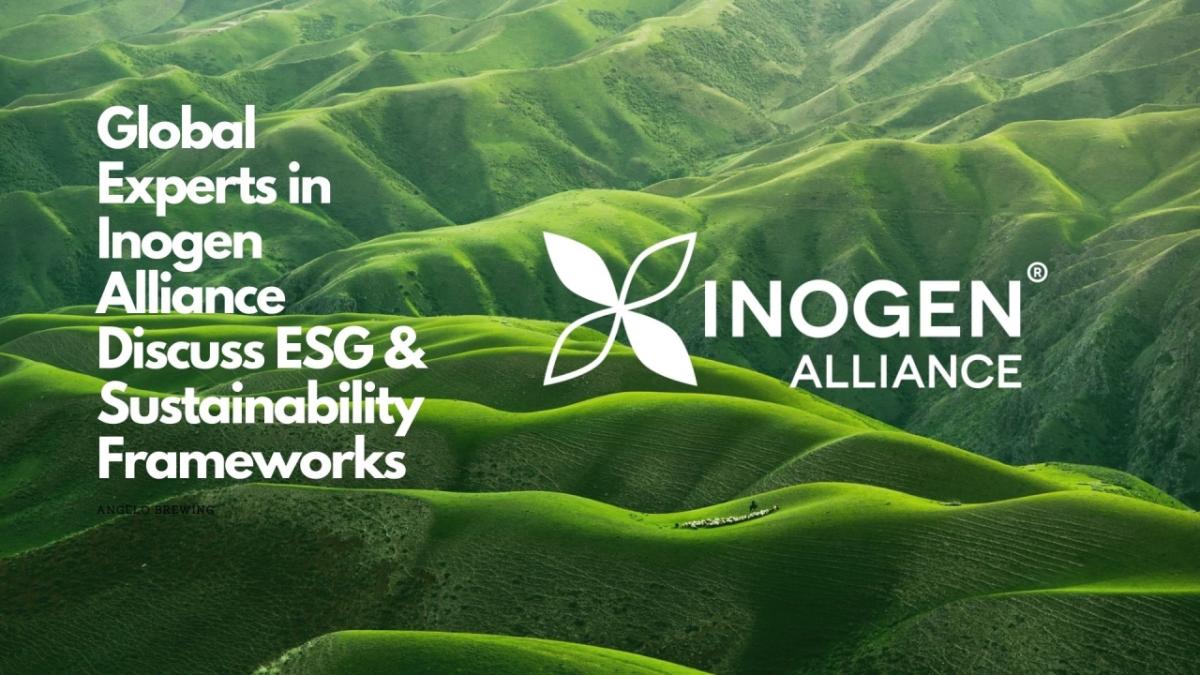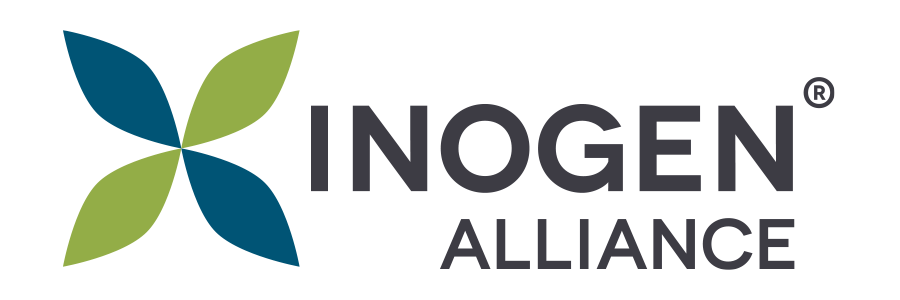Environment + Energy Leader Interview: Global Experts on Sustainability and ESG Reporting

Environment + Energy Leader Interview: Global Experts on Sustainability and ESG…
A few of our experts from Antea Group USA and Antea Group Belgium were featured in an interview article with Environment + Energy Leader as seen here. We have pulled excerpts in from the interview, and have an additional video interview on the topic of Sustainability and ESG Reporting.
With the landscape of ESG and Sustainability reporting frameworks and standards seemingly so complicated, we sat down with a few experts from Inogen Alliance to get a global perspective on trends, terminology, and what they are seeing with clients. This follows a new development coming out of COP26 with the International Sustainability Standards Board (ISSB) officially announcing the launch of a globally consistent sustainability-related corporate disclosure.
Included in this interview are experts from Antea Group USA with Eileen Lo and Owen McKenna; and Antea Group Belgium with Céline Van Hecke and Klaas Nijs. Both companies are Associates of Inogen Alliance with global coverage and more than 200 offices in every region with local Associate companies in Environment, Health & Safety and Sustainability. See the full video interview below or click here. Don't miss the rest of this blog series including why ESG and Sustainability reporting are important and comparisons between prominent international reporting frameworks.
What are the differences between some of the most common reporting standards for ESG and Sustainability, how could you bucket them?
Céline: There are many differences in reporting standards, but let’s focus on three well-known international reporting standards: SASB, GRI and the International Integrated Reporting Framework. One way to bucket them is by the approach of materiality they adopt. What we mean by this is how each standard defines Environmental, Social, and Corporate Governance (ESG) topics to be relevant; to be material to the company. For example, SASB adopts a financially driven materiality approach that will help companies define financial ESG risks for the company. Not surprisingly, SASB reporting mainly targets investors or the financial community. In Europe and Belgium we see a lot of pressure building more on the financial side: financial regulation trends are increasing on climate standards, so that's certainly a driver for those specific kinds of frameworks that exist. On the other hand, the GRI reporting standards adopt a double materiality approach. In addition to ESG topics that are relevant in terms of the financial impact on the company, it also focuses on the company’s environmental and social impact. For this reason, GRI reporting is more geared towards the more general public and key stakeholders.
A materiality assessment is core to all reporting standards, helping companies understand which aspects they need to focus on to report. So besides bucketing them by approach to materiality, and related with that, the audience, you can also look at the scope of materiality analysis. The SASB provides companies with a list of ESG topics that could be material to them based on their sector or industry. This makes a good starting point. The GRI standards ask companies to come up with their own materiality analysis that does not only look at the sector they are in, but also takes into account stakeholder input and company specific data gathered in an in-depth analysis. In contrast to both the GRI and the SASB reporting standards, the International IR Framework results in an integrated report; instead of a separate sustainability report or ESG report.
Can you use more than one framework and in which cases would you want to use more than one?
Eileen: It really depends on who the stakeholders are that you care most about. Different frameworks are designed to tailor to different stakeholder needs and interests, so it really depends on your overall messaging objectives and how you would like to use disclosure framework(s) to ensure effective stakeholder communication and information sharing.
Owen: As these frameworks have evolved there's been a lot of overlap in terms of what the frameworks are focused on and the various groups that create the frameworks and update them. They’ve made great strides recently on alignment, so it has become easier to apply multiple frameworks to one disclosure and a lot of companies do that. They apply multiple frameworks to make sure that their stakeholders, which all have different objectives, get the necessary information they need, and it's packaged in a way so that it’s comparable to other company disclosures using the same frameworks. And that is an important thing to note, stakeholders want companies to use the same set of frameworks whenever possible. The application of a similar framework helps provide that comparable information so stakeholders can gauge whether or not one company is performing better than another on a certain issue or topic.
How is the landscape changing around Sustainability and ESG reporting, and is it beneficial to private or small companies?
Klaas: In the past, regulators have mostly focused on larger industrial players, because they are easier to regulate and have reporting standards implemented or mandated. Today, these larger companies are required to disclose information on their scope 3 emissions; emissions that are the result of activities from assets they do not own or control. To do this, they require climate-related information down the value chain, thus indirectly requiring transparency and sustainability reporting of smaller suppliers/companies. The landscape is changing in this regard. The pressure or questions from larger companies are having a domino effect on smaller companies across international value chains. On top of that regulation is broadening in scope: whereas in the past regulators tended to focus on large emitters first and foremost, they are now also shifting focus on smaller companies because in the end effective climate change regulation needs address all actors.
What’s your advice to companies that are just getting started in ESG and Sustainability reporting?
Owen: The starting point is a need to focus on what's material to the business. Regardless of whether it's a company that’s just starting their sustainability journey or a company that has a developed sustainability program, if they don't have a well-defined understanding of what is material to their stakeholders, they may be focused on topics and undertaking initiatives which don't provide the necessary value to the business to meet the needs of their stakeholders. We always stress that they need to undertake a materiality assessment first, and there's a wide range of different ways to approach that. But even if they were going to just do something very streamlined, their best bet is to figure out what to focus on first before trying to design a sustainability strategy and disclosing on their efforts.
Céline: It’s clear that reporting on ESG topics and providing climate related information is becoming important to all companies. Not only pressure from stakeholders and investors, but also regulatory requirements are increasing and broadening. The sooner you get started in providing information on how your company impacts the climate, the better. It helps to identify material business risks and opportunities, and a report is an interesting means of both internal and external communication. However, following an ESG reporting standard or adopting a sustainability framework requires time, money and expertise. Resources need to be invested and we notice that this poses barriers, specifically on SMEs. That’s why we at Antea Group try to help our clients navigate this maze of frameworks, standards and certification schemes, to implement company specific solutions and to come up with decent reports that fulfil (external) expectations.
Inogen Alliance is a global network made up of 70 independent local companies and over 5,000 consultants around the world who can help make your project a success. Check out our sustainability reporting services globally here. Our Associates collaborate closely to serve multinational corporations, government agencies, and nonprofit organizations, and we share knowledge and industry experience to provide the highest quality service to our clients. If you want to learn more about how you can work with Inogen Alliance Contact Us. Watch for more News & Blog updates and follow us on LinkedIn.

